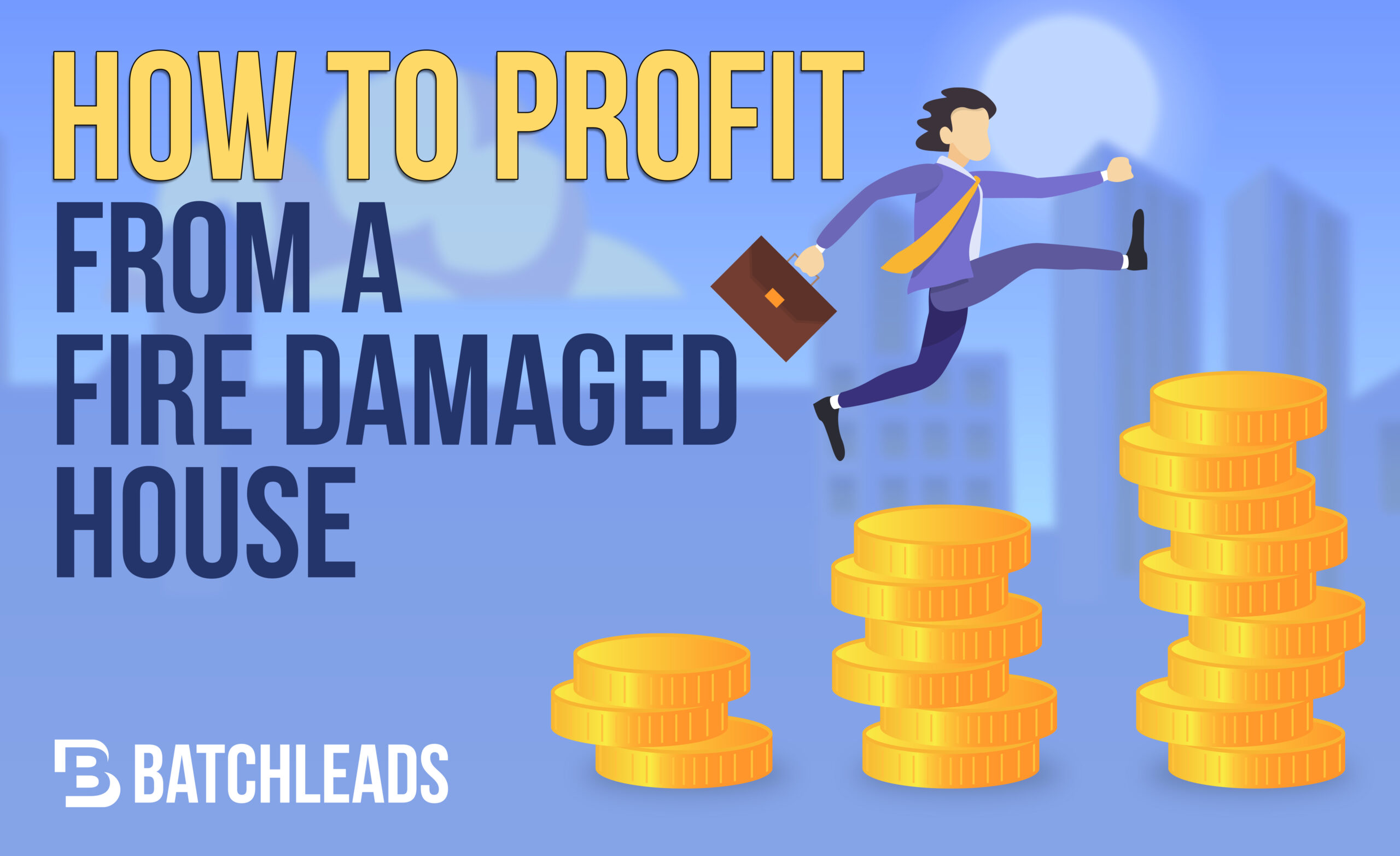Fires can ravage a property, inside and out, creating a host of issues, but a fire damaged house can still have good investment potential. As an investor you’ll need to determine if it is worth the time and money, and that will depend on whether or not you can earn a profit.
If you buy it at a low price and have the budget and time to fix it, you could turn it around to other sellers and make a killing. However, when making this deal, you have to first understand what has to get done and then do it correctly. The following are tips to help you invest with success.
Know the rules of purchasing
You can financially profit from a fire damaged house, but you don’t want to cut corners. As a business obligation, focus on providing a safe environment for future owners and following through on all projects correctly.
Discuss remediation and restoration concerns with contractors, ensuring they follow regulations. Abide by all real estate laws. Know rules about reporting prior damage to new owners or renters.
Purchase at a low price
Owners often want to release these properties quickly, eager to reduce their headaches and obligations. Work with sellers to settle on a price that gives you a solid budget for any potential repairs or renovations that could pop up down the road. The less you spend, the more significant margin you have for profit.
Conduct a thorough inspection
Fire damage can lead to water, smoke, and electrical damage. Don’t skip the inspection. Find out about hidden problems early on to budget for them and avoid surprises when you are ready to flip it. Get a detailed report before your purchase and after renovations. Assure yourself that you’ve covered the issues, and hold onto the information to share with buyers.
Clean and repair the house
Use companies certified in fire damage repair; these organizations have specialized equipment to handle various conditions. They proactively work with contractors to review the assessment and begin remediation and restoration efforts.
Secure the premises and establish a plan to remove excess water from fire hoses and repair damage from the fire. Dampness can lead to mold and mildew growth.
Experts identify areas of concern and focus on airing out the residence. They have access to industrial dehumidifiers and air movers to expedite the process.
Restoration companies will treat the rooms, removing unpleasant odors, and sanitize the space. The final touches include replacing larger structures, fixing any plumbing or electrical issues, patching, and painting.
Appraise the value
The fire lowered the price tag for you. However, your efforts bolstered the appearance and eliminated concerns. Therefore, have a home appraiser determine the new value of the property.
During negotiations, this information can guide you through the selling phase. Don’t accept low ball offers if the appraisal shows more value. Hold out for better offers. If needed, use the estimate to justify asking for more.
Selling for a profit
In the end, your goal is to make money. Calculate how much you’ve put into the home and how much you paid for the location. Tally any additional expenses such as housing insurance, decorating, and interest. Shoot for a deal that gives you well above that amount to ensure you profit from the investment.
Before posting the sale, know your range. Write out the lowest amount you are willing to take. Write out a goal for the highest offer you think you could get. Use the ballpark figures to determine what is worth accepting. Pay attention to details and rely on professional guidance, and you could make an excellent investment.



